Reliable Brick Column Installation Solutions
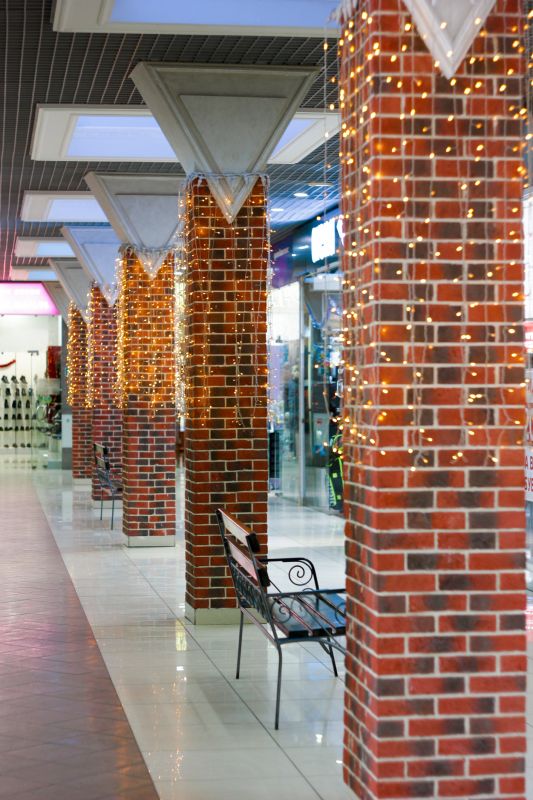
Showcasing durable and aesthetically pleasing brick columns integrated into various architectural designs.
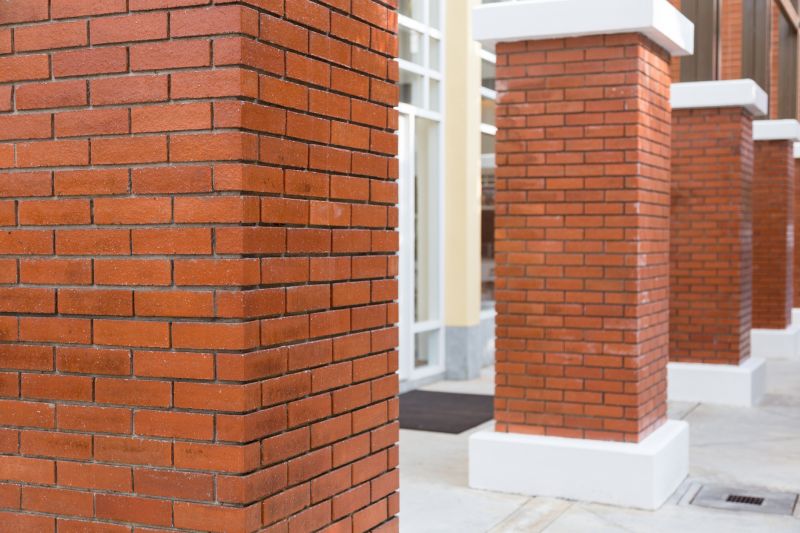
Close-up of brickwork highlighting craftsmanship and structural integrity of brick columns.
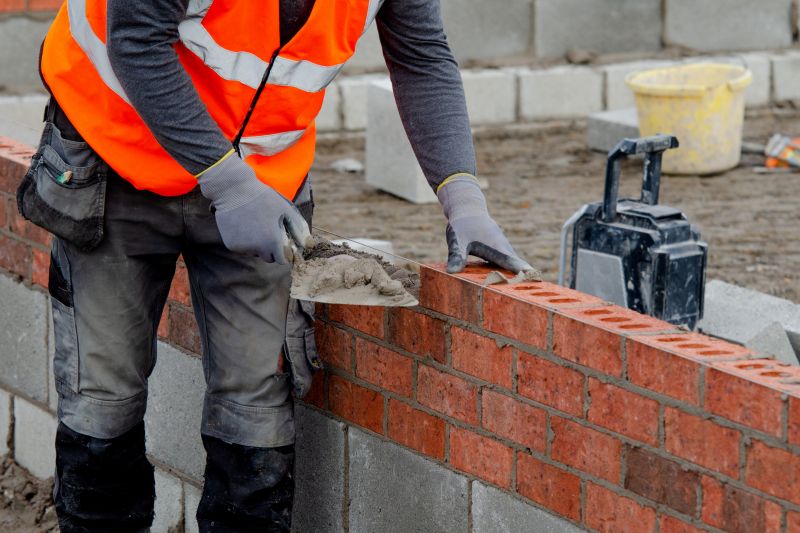
Workers constructing brick columns with precision and attention to detail.
Brick column constructions are a vital element in both structural support and aesthetic appeal in building design. These columns are often used to support beams, create visual focal points, or define spaces within a structure. Their durability and classic appearance make them a popular choice for various architectural styles, from traditional to modern designs. The process involves careful planning, selecting quality materials, and precise craftsmanship to ensure longevity and stability.
A typical brick column installation takes between 3 to 7 days, depending on the project's scope and site conditions.
The process includes site preparation, foundation setting, bricklaying, reinforcement, and finishing touches to ensure durability and appearance.
Hiring experienced masons ensures proper alignment, structural stability, and aesthetic consistency, reducing long-term maintenance costs.
Engaging a professional for brick column construction offers benefits such as adherence to building codes, precise craftsmanship, and quality materials. Professionals can efficiently manage the entire process, from initial planning to final inspection, ensuring the project meets safety and design standards. This expertise results in a sturdy, visually appealing feature that adds value and character to any property.
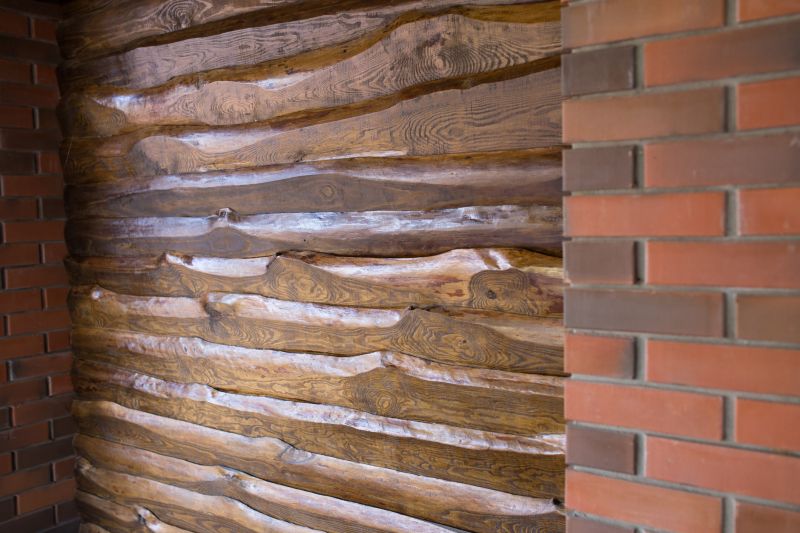
Showcasing completed brick columns integrated into various architectural styles.
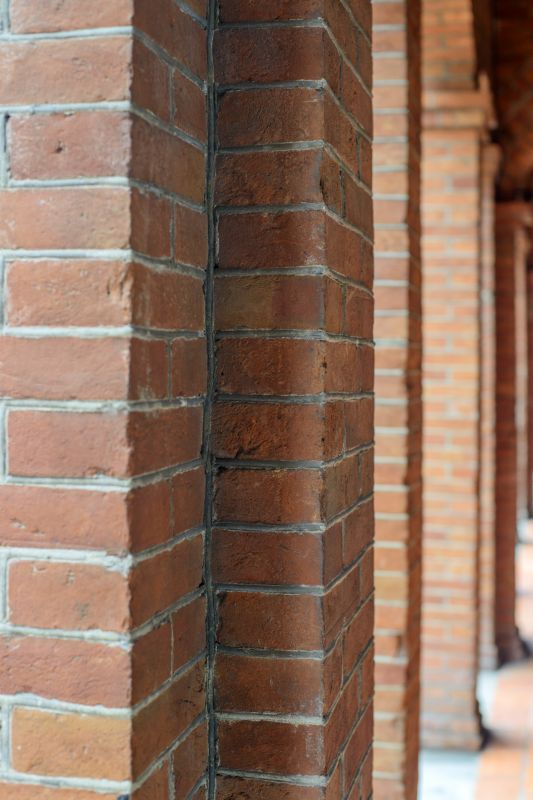
Detailed view of brick joints and mortar application demonstrating craftsmanship.
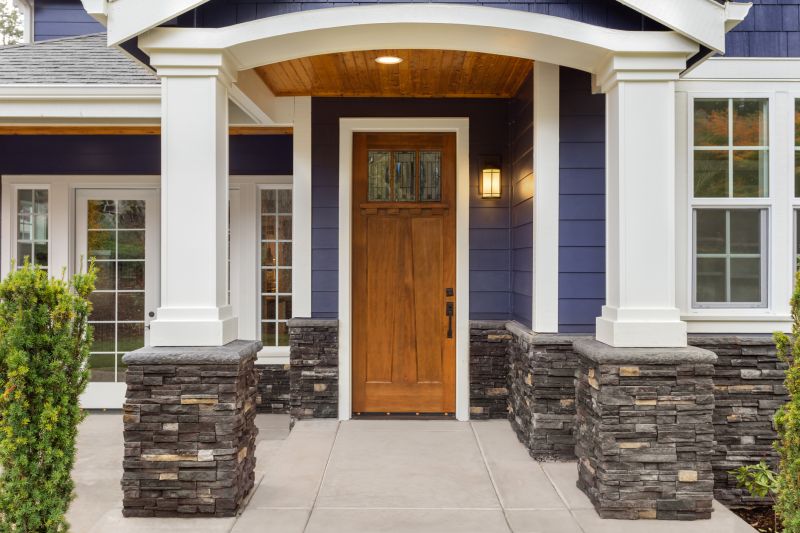
Brick columns providing support in commercial and residential buildings.
Whether for new construction or renovation projects, brick columns offer structural support and aesthetic enhancement. Properly constructed brick columns can withstand environmental factors, resist wear, and require minimal upkeep. Their timeless appeal makes them suitable for a wide range of architectural applications, from entryways to interior accents.
